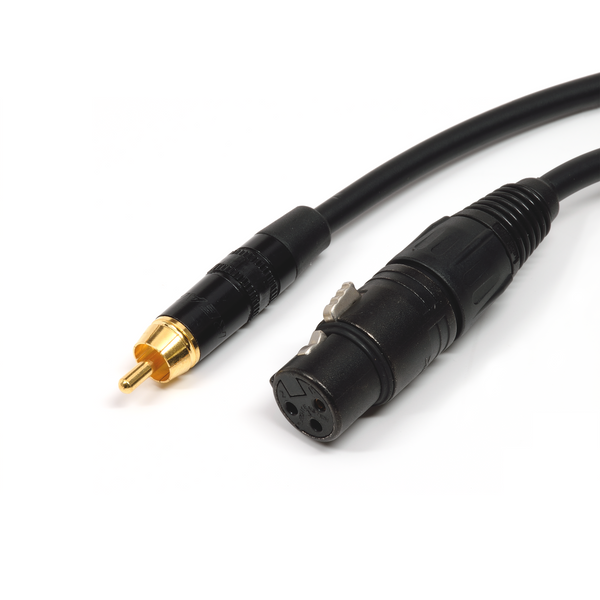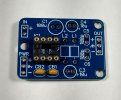If I want to connect my DAC's XLR output to a preamp or integrated amp's RCA input, what are my options?
This Emotiva adapter cable seems to do it "properly" https://emotiva.com/products/balanced-xlr-female-to-unbalanced-rca-female-adapter-interconnect but it'd be nice to have a cable wired the same way but with a male RCA end to avoid more connections then necessary. Does anyone know of any? (or perhaps someone who could wire a custom cable this way?)
I'm also seeing people talk about using a "1:1 transformer" to do the conversion? https://www.superbestaudiofriends.o...le-ended-converter-xlr-to-rca-bal-to-se.9506/
Not sure what to make of all this and which way to go.. your insight would be much appreciated, thanks!
This Emotiva adapter cable seems to do it "properly" https://emotiva.com/products/balanced-xlr-female-to-unbalanced-rca-female-adapter-interconnect but it'd be nice to have a cable wired the same way but with a male RCA end to avoid more connections then necessary. Does anyone know of any? (or perhaps someone who could wire a custom cable this way?)
I'm also seeing people talk about using a "1:1 transformer" to do the conversion? https://www.superbestaudiofriends.o...le-ended-converter-xlr-to-rca-bal-to-se.9506/
Not sure what to make of all this and which way to go.. your insight would be much appreciated, thanks!


